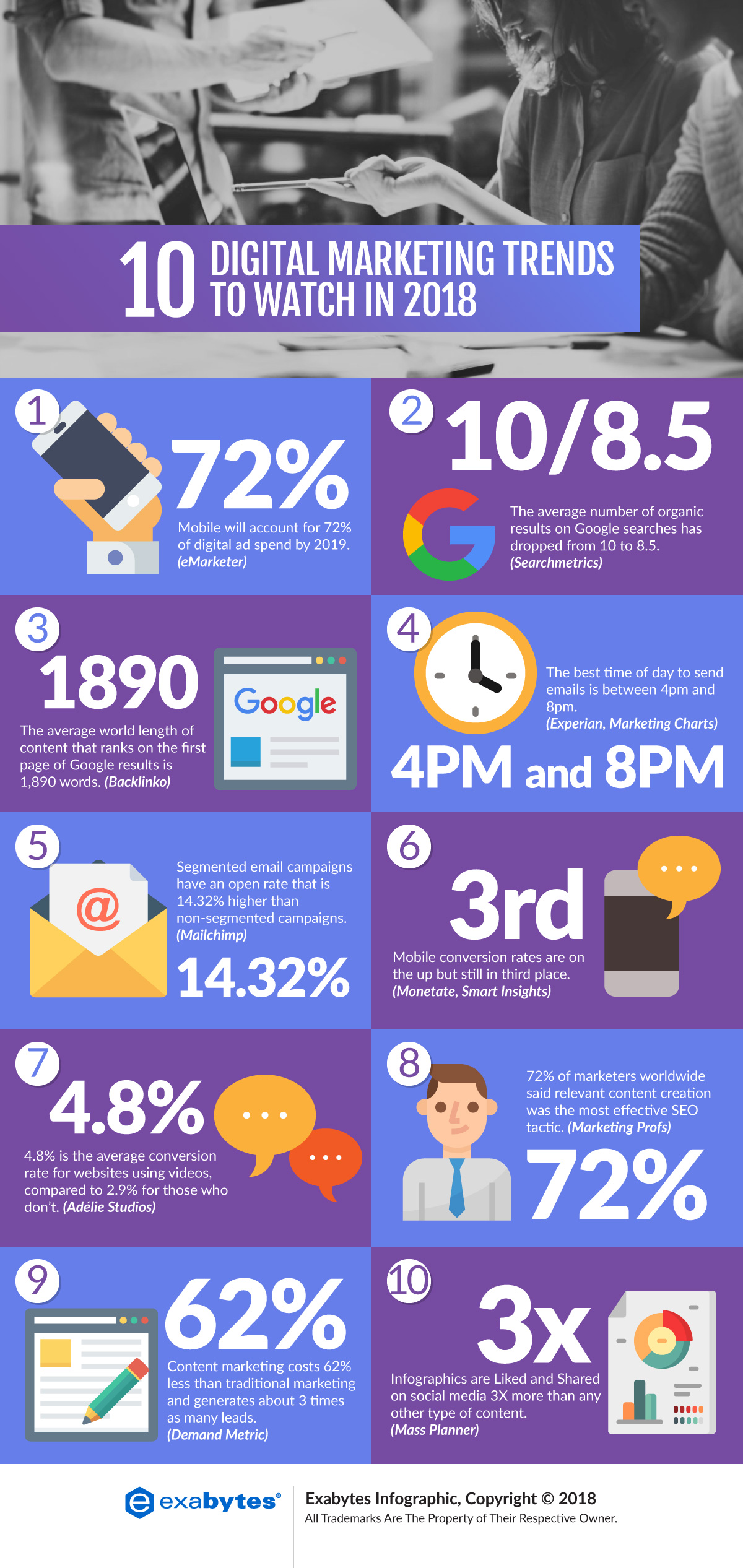The Development Of Children'S Dental Care: A Journey Through Time
The Development Of Children'S Dental Care: A Journey Through Time
Blog Article
Personnel Writer-Hunter Leth
As you explore the elaborate trip of pediatric dental care, mapping its evolution from the past to the present and glimpsing into the future, you'll reveal a tapestry woven with development and treatment. From historical landmarks to existing patterns and future possibilities, the landscape of pediatric dental care is ever-changing and full of potential. Ready to uncover the secrets of just how this field continues to adapt and grow, ensuring brighter smiles for generations ahead?
Historic Landmarks in Pediatric Dental Care
Throughout background, pediatric dentistry has actually seen significant developments and turning points that have shaped the area into what it's today. One vital landmark was the establishment of the very first dental university in 1840, where dentistry began to be recognized as a specialized field needing particular understanding and abilities. As the field developed, the early 20th century saw the intro of oral X-rays, changing diagnostics and therapy preparation for pediatric clients. Additionally, the growth of fluoride therapies in the mid-20th century significantly boosted preventive treatment and minimized the occurrence of dental cavity in kids.
family dental clinic closeby in pediatric dentistry was the production of the American Academy of Pediatric Dental Care in 1947, which intended to advertise ideal oral health and wellness for kids. This organization played a pivotal role in setting requirements for pediatric dental care and progressing research in the field. These historical turning points laid the foundation for contemporary pediatric dentistry, stressing the importance of specialized look after youngsters's dental health.
Current Trends in Pediatric Dental Care
Integrating cutting-edge technology and individualized preventative techniques, modern pediatric dental treatment continues to adapt to the evolving needs of young clients.
The complying with patterns showcase the present landscape of pediatric oral care:
1. ** Digital Dental care **: Digital impressions, 3D imaging, and CAD/CAM modern technology are revolutionizing the method pediatric dental practitioners detect and treat dental health problems in children. These advancements enhance accuracy, effectiveness, and patient comfort throughout dental procedures.
2. ** Tele-Dentistry **: With the increase of telemedicine, tele-dentistry has emerged as a hassle-free way for pediatric dental experts to offer assessments, follow-ups, and also specific treatments remotely. This strategy improves access to care, specifically for patients in rural or underserved locations.
3. ** Preventive Emphasis **: Pediatric dentistry currently puts a stronger emphasis on safety nets such as sealants, fluoride therapies, and very early orthodontic treatments. By advertising dentist clinic working hours and normal oral gos to from a young age, professionals aim to prevent oral problems prior to they intensify.
Future Advancements in Pediatric Dental Care
Looking in advance, pediatric dental care is positioned to introduce advanced modern technologies and cutting-edge approaches to even more improve the oral health care of young patients.
One amazing development on the horizon is making use of 3D printing in creating personalized oral devices like braces and mouthguards, using a more exact and comfortable fit for children.
Furthermore, virtual reality (VR) modern technology is being explored to help reduce oral anxiousness in young people by offering immersive distractions throughout treatments.
Nanotechnology is an additional area of passion, with the potential to create nanomaterials that can remineralize teeth and protect against cavities better.
Tele-dentistry is additionally gaining grip, allowing for remote appointments and tracking, which can especially profit kids in rural or underserved locations.
In addition, hereditary screening might quickly play a role in individualized preventive care, determining children's proneness to certain oral health problems.
These advancements signify an exciting future for pediatric dentistry, guaranteeing boosted end results and experiences for the youngest oral individuals.
Conclusion
As you assess the development of pediatric dentistry, remember that developments in modern technology and individualized care remain to shape the field.
Think of a youngster called Emily, who took advantage of a 3D printed oral appliance that flawlessly fit her distinct requirements, ensuring her comfort and oral health and wellness.
The future of pediatric dental care holds amazing opportunities, supplying ingenious solutions to enhance the dental experiences of young clients like Emily.
